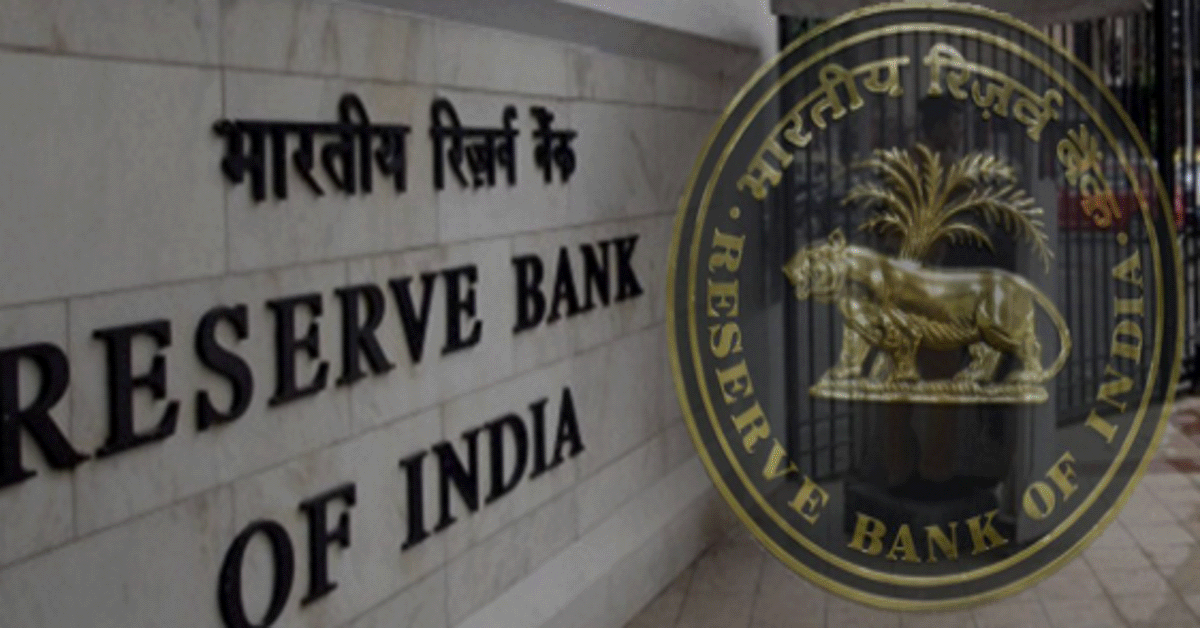In a move to enhance access to credit, the Reserve Bank of India (RBI) has launched the Unified Lending Interface (ULI). This platform is set to revolutionize the borrowing process, especially for rural and small-scale borrowers who often face difficulties in obtaining loans. By providing a single digital interface for loan applications, ULI aims to make borrowing faster and more accessible.
The ULI platform allows borrowers to register using their Aadhaar number or other required documents. After registration, they can submit their loan applications, specifying their needs such as the loan amount and purpose. The system then matches these applications with appropriate lenders based on their credit profile and eligibility. Lenders offer loan details including interest rates and terms, which borrowers can review and select from. Upon accepting an offer, the loan amount is directly transferred to the borrower’s bank account.
The ULI offers several advantages: it simplifies the process by eliminating multiple lender visits, provides transparent information on loan terms, accelerates approval times, and connects borrowers with a broader range of lenders. Additionally, it reduces the amount of paperwork typically required for loan applications.
The introduction of the Unified Lending Interface marks a major step towards modernizing the Indian credit market. As ULI becomes more widely used, it is expected to further change how people and businesses obtain loans. By making the borrowing process simpler and faster, ULI will help support various sectors, including agriculture and small businesses, which often face challenges in accessing credit.
RBI Governor Shaktikanta Das has compared ULI to the Unified Payments Interface (UPI), noting that just as UPI transformed payments in India, ULI has the potential to revolutionize lending. As the platform continues to develop and expand, it promises to make the financial system more efficient and user-friendly for everyone.

